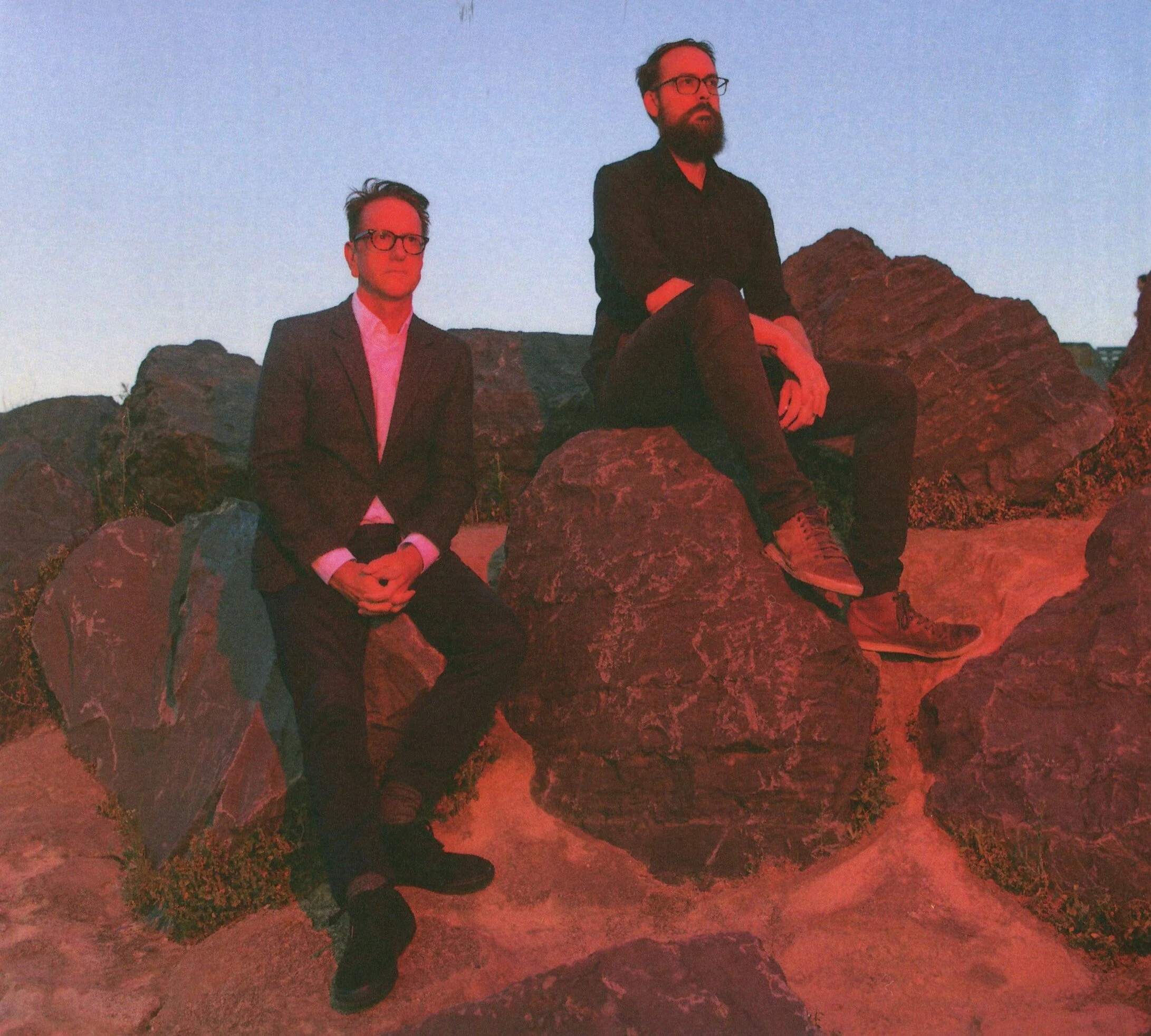JAZZ ALBUM REVIEWS IN THE AUSTRALIAN
In September, 2017 Eric Myers commenced reviewing jazz albums in the Review supplement of The Weekend Australian. All reviews in this folder are written by Myers.
JAZZ
STRAVINSKY
SHERLOCK HANLON
____________________
Independent
Four stars
Published in the Weekend Australian, July 24, 2021
____________________
It’s an interesting idea for two improvising musicians to take 20th Century classical works, Igor Stravinsky’s Rite of Spring and Petrushka, and present them as a duo. Does this work? Yes, it does, but my advice is to forget about Stravinsky. Two musicians cannot compete on equal terms with such symphonic works, so a different listening perspective is required. Concentrate on the considerable instrumental virtuosity of two brilliant musicians showcased here. James Sherlock, originally from Brisbane, now in Melbourne, has substantial awards and achievements over many years as a jazz guitarist, while double bassist Ben Hanlon is probably best-known as a member of the Melbourne Symphony Orchestra. Their prodigious talents are well on display here. Claude Debussy’s La Fille Aux Cheveux de Lin is treated likewise and, for good measure, Gershwin’s It Ain’t Necessarily So is added, underlining the project’s jazz sensibility. Considered judiciously on its merits this album, the duo’s second, is a major achievement.
Eric Myers
JAZZ
THE WOBBLY BOOT
ADAM O’CONNOR TRIO
____________________
Independent
Three-and-a-half stars
Published in the Weekend Australian, August 7, 2021
____________________
This is Brisbane guitarist Adam O’Connor’s first album in 12 years, accompanied by two splendid rhythm section players in Thierry Fossemalle (electric bass) and Dave Sanders (drums). Thirteen originals by O’Connor are presented. Two aspects of O’Connor’s unusual style leap out at the listener: firstly, his rhythmic sophistication, exemplified in the riffs he uses to introduce most of his compositions, and the way in which he integrates melodic lines and simultaneous chordal patterns in his solos. Secondly, his choice of time-feels, which inhabit the twilight zone between orthodox swing, characteristic of jazz, and those more related to R&B. The seamless integration of both approaches gives the album its dominant character. Fossemalle’s use of electric bass throughout, Sanders’s brilliance at the drums, and O’Connor’s ability to make the guitar sing in a way that suggests experience in rock music, create a comfort zone for this talented guitarist. Excellent solos from Fossemalle and Sanders are a pleasure to hear.
Eric Myers
JAZZ
THE EARLY YEARS 1970-1972
THE STORYVILLE JAZZMEN
____________________
Australian Jazz Museum
Three-and-a-half stars
Published in the Weekend Australian, August 14, 2021
____________________
In 1970 the so-called “Australian jazz explosion” was under way in Sydney, and many great musicians deserted Melbourne and flocked to the lucrative NSW music industry. This double-album shows that the arguably second-string players remaining behind, such as the Storyville Jazzmen, were good enough to keep Melbourne traditional jazz alive, and achieve considerable popularity. Their additional horn in the front-line (particularly Kenn Jones’s baritone sax), rather than the conventional three horns, produced a fat sound redolent of the swing era. They always had a strong trumpeter (initially Tony Newstead, soon replaced by the excellent Dick Tattam), and a swinging drummer in leader Allan Leake. Their clever head arrangements transformed more contemporary compositions into their style (Horace Silver’s The Preacher for example, and various Ellington or Basie tunes) locating their music in the mainstream. With the occasional novelty tune sung by male musicians, and a Billie Holiday-influenced vocalist Joanie Watts, the groundwork was laid for their success in future years.
Eric Myers


